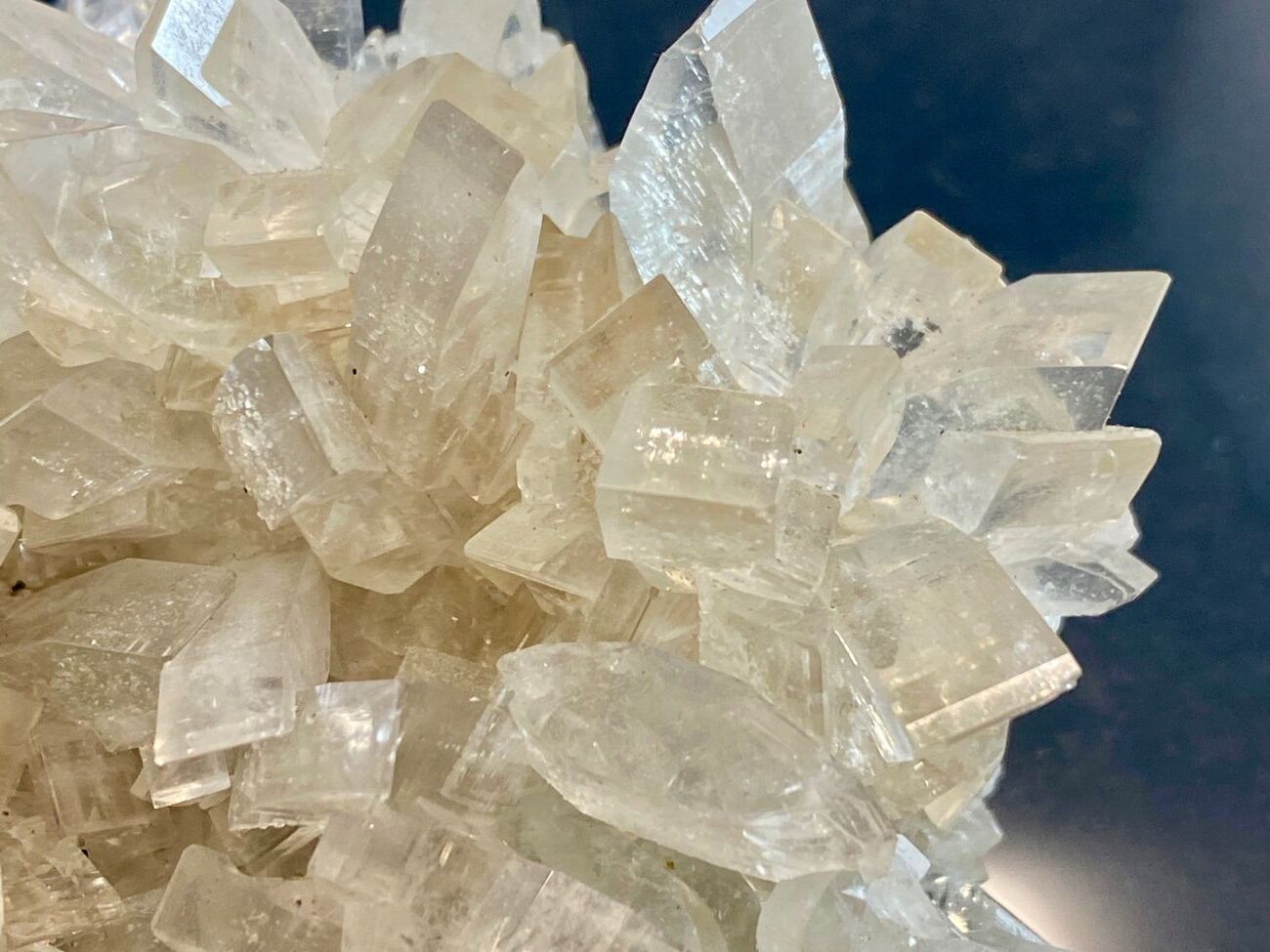
Baryte, also known as barite, is a mineral composed of barium sulfate. It’s often found in lead-zinc veins in limestones, in hot spring deposits, and with hematite ore. This mineral is known for its high specific gravity, which makes it useful in various industries. Baryte is primarily used in the oil and gas industry as a weighting agent in drilling muds. It’s also used in the production of barium chemicals, as a filler in paint and plastics, and in radiology for x-rays. Its unique properties make it a valuable resource in many fields. Let's dive into 40 fascinating facts about this versatile mineral!
Key Takeaways:
- Baryte, also known as barite, is a heavy mineral with various colors and uses. It's important in industries like oil and gas, but its mining can have environmental impacts.
- Baryte is used in drilling muds, paints, and X-ray imaging. It's mined in many countries, with China being the largest producer. Its unique properties make it valuable, but its extraction requires responsible management.
What is Baryte?
Baryte, also known as barite, is a mineral composed of barium sulfate (BaSO₄). It’s known for its high specific gravity and is often used in various industrial applications. Here are some fascinating facts about this intriguing mineral.
- Baryte is named after the Greek word "barys," which means heavy, due to its high specific gravity.
- It is often found in lead-zinc veins in limestones, in hot spring deposits, and with hematite ore.
- Baryte is usually white or colorless, but it can also be found in shades of blue, yellow, gray, or brown.
- It has a Mohs hardness of 3 to 3.5, making it relatively soft compared to other minerals.
- Baryte is insoluble in water and does not react with most acids.
Uses of Baryte
Baryte has a wide range of applications, primarily due to its high density and chemical inertness. Here are some of its most common uses.
- It is extensively used in the oil and gas industry as a weighting agent in drilling muds.
- Baryte is used in the production of barium chemicals, which are used in various industrial processes.
- It is also used in the manufacture of paints, plastics, and rubber as a filler or extender.
- Baryte is used in the medical field for X-ray imaging of the digestive system.
- It is employed in the production of barium-based pharmaceuticals.
Geological Occurrence
Baryte is found in a variety of geological settings. Here’s where you might come across this mineral.
- It is commonly found in sedimentary rocks, particularly in limestone and dolostone.
- Baryte can also be found in hydrothermal veins, often associated with sulfide minerals.
- It is present in residual deposits formed by the weathering of barium-rich rocks.
- Baryte is sometimes found in marine deposits, where it forms from the precipitation of barium in seawater.
- It can also occur in volcanic rocks and in the cavities of igneous rocks.
Physical Properties
Baryte’s physical properties make it unique and useful in various applications. Here are some key characteristics.
- It has a high specific gravity, typically around 4.5, which is much higher than most other non-metallic minerals.
- Baryte crystals are usually tabular, but they can also form prismatic or bladed shapes.
- It has a vitreous to pearly luster, giving it a shiny appearance.
- Baryte has perfect cleavage in one direction, which means it can be easily split along that plane.
- It is transparent to translucent, allowing light to pass through it to varying degrees.
Economic Importance
Baryte plays a significant role in various industries, contributing to the economy in multiple ways.
- The oil and gas industry is the largest consumer of baryte, accounting for about 85% of its total consumption.
- Baryte mining and processing provide employment opportunities in many regions around the world.
- It is a critical component in the production of barium chemicals, which are used in a wide range of industrial applications.
- Baryte is also used in the construction industry as a heavy aggregate in concrete and asphalt.
- The mineral is important in the production of radiation shielding materials, which are used in medical and nuclear applications.
Environmental Impact
Like any mining activity, baryte extraction can have environmental consequences. Here are some facts about its impact.
- Baryte mining can lead to soil erosion and habitat destruction if not managed properly.
- The processing of baryte can generate waste materials that need to be disposed of responsibly.
- Dust generated during baryte mining and processing can pose health risks to workers and nearby communities.
- Water used in baryte processing can become contaminated with heavy metals and other pollutants.
- Reclamation and rehabilitation of baryte mining sites are essential to minimize environmental impact.
Interesting Facts
Baryte has some unique and interesting properties that make it stand out. Here are a few more intriguing facts.
- Baryte can form beautiful crystal clusters that are highly sought after by mineral collectors.
- It is sometimes used as a gemstone, although its softness makes it less suitable for jewelry.
- Baryte can fluoresce under ultraviolet light, displaying a range of colors depending on its composition.
- It is used in the production of fireworks to create green colors.
- Baryte is also used in the manufacture of glass and ceramics.
Global Production
Baryte is mined in many countries around the world. Here are some key facts about its global production.
- China is the largest producer of baryte, accounting for about 40% of the world’s total production.
- India, Morocco, and the United States are also major producers of baryte.
- The global baryte market is expected to grow due to increasing demand from the oil and gas industry.
- Baryte is traded internationally, with significant exports from producing countries to consuming countries.
- The price of baryte can fluctuate based on supply and demand dynamics in the global market.
The Final Word on Baryte
Baryte, a mineral with a rich history and diverse applications, continues to play a crucial role in various industries. From its primary use in drilling fluids to its presence in medical imaging, baryte's versatility is undeniable. Its unique properties, like high density and chemical inertness, make it indispensable in fields ranging from oil and gas to healthcare.
Understanding baryte's significance helps us appreciate the mineral's impact on modern life. Whether it's aiding in the extraction of resources or enhancing diagnostic tools, baryte proves its worth time and again. As we move forward, the demand for this remarkable mineral will likely grow, driven by technological advancements and industrial needs.
Stay curious and keep exploring the fascinating world of minerals. Baryte is just one example of nature's incredible offerings, waiting to be discovered and utilized.
Frequently Asked Questions
Was this page helpful?
Our commitment to delivering trustworthy and engaging content is at the heart of what we do. Each fact on our site is contributed by real users like you, bringing a wealth of diverse insights and information. To ensure the highest standards of accuracy and reliability, our dedicated editors meticulously review each submission. This process guarantees that the facts we share are not only fascinating but also credible. Trust in our commitment to quality and authenticity as you explore and learn with us.


